COPENHAGEN, Denmark: Scientists from the National Museum of Denmark and the University of Copenhagen have analysed the teeth, hair, nails and clothes of an exceptionally well preserved 3,400-year-old Danish Bronze Age female find, known as the Egtved Girl. The data revealed that the young woman grew up in the Black Forest region in south-west Germany, which is about 500 miles away from Egtved, and that she travelled back and forth between her birthplace and Denmark during the last two years of her life.
The Egtved Girl, who died at approximately 16–18 years of age, belongs to a group of Bronze oak coffin burials dated 1500–1100 BC and found in 1921 close to the village of Egtved in Denmark. Although no bones from the young woman survived, hair, tooth enamel, nails, and parts of the brain and skin are still preserved. The exceptional conservation status therefore provided a unique opportunity to investigate mobility in the Bronze Age on an individual level.
In order to trace the life of the Egtved Girl, the scientists examined the strontium isotopic signatures in her teeth, hair, thumb nails and clothes. Strontium is an element that exists in the earth’s crust, but its prevalence is subject to geological variation. Humans, animals and plants absorb strontium through water and food. By measuring the strontium isotopic signatures in archaeological remains, researchers can determine where humans and animals lived.
“I have analysed the strontium isotopic signatures of the enamel from one of the Egtved Girl’s first molars, which was fully formed when she was three or four years old, and the analysis tells us that she was born and lived her first years in a region that is geologically older than and different from the peninsula of Jutland in Denmark,” Dr Karin Margarita Frei, senior researcher at the National Museum of Denmark and Centre for Textile Research at the University of Copenhagen, explained.
By combining the girl’s strontium isotopic signatures with that of her clothing, the researchers were able to pinpoint her place of origin relatively accurately as being in the German Black Forest region. This came as no surprise to the scientists, since various archaeological findings have proven that Denmark and southern Germany had close trading relations in the Bronze Age.
embedImagecenter("Imagecenter_1_1804",1804, "large");
Prof. Kristian Kristiansen from the University of Copenhagen suggests that the young woman might have ensured a valuable cross-country bond. “My guess is that the Egtved Girl was a Southern German girl who was given in marriage to a man in Jutland so as to forge an alliance between two powerful families,” Kristiansen said.
In addition, the scientists examined the girl’s 23 cm long hair. “13 to 15 months before her death, she stayed in a place with a strontium isotope signature very similar to the one that characterises the area where she was born. Then she moved to an area that may well have been Jutland. After a period of about 9 to 10 months there, she went back to the region she originally came from and stayed there for four to six months before she travelled to her final resting place, Egtved,” Frei explained.
Because neither her hair nor her thumb nail contains a strontium isotopic signature to indicate that she returned to Scandinavia until very shortly before she died, the researchers concluded that the girl must have come to Egtved about a month before she passed away.
This is the first time that researchers have been able to so accurately track a prehistoric person’s movements. The findings provide interesting new evidence on mobility in the European Bronze Age, suggesting that individuals were able to move quickly over distances in a relatively brief period of time, allowing for periodically rapid mobility.
The study, titled “Tracing the dynamic life story of a Bronze Age female”, was published online on 21 May in the Scientific Reports journal.
LONDON, UK: Though the exact number of people who suffer from xerostomia is unclear, some studies estimate that as many as one in five of the population ...
CAMBRIDGE, UK: Scientists have recently found two primary teeth buried deep in a remote archaeological site in north-eastern Siberia. The discovery has ...
BLOOMFIELD, Conn., U.S: Cigna, a worldwide health services organization, has recently released a study that helps confirm the connection between oral health...
EDINBURGH, UK: The Great Irish Famine is something etched into European history. The impact of the famine has been well documented, and in a new study that ...
ABERDEEN, Scotland: Head and neck cancer is a highly debilitating disease that has profound consequences for oral function, nutrition, communication and ...
Stephan Kreimer is a master dental technician who runs a dental laboratory in Warendorf in Germany. Since he developed an interest in technology early on, ...
RUGBY, UK/AMSTERDAM, Netherlands: According to the findings of a new study, most people do not just use their teeth for eating. The research by the Oral ...
Dynamic real-time surgical navigation digital imaging, diagnostics and impressions, and the use of computer-aided design/computer-aided manufacture ...
JOHANNESBURG, South Africa: For many populations in rural Africa, data on uncompromised development and growth variation is lacking, and researchers ...
At the International Dental Show (IDS) 2025, Dental Tribune International had the chance to speak with Andrea Albertini, CEO of Global Distribution and ...
TÜBINGEN, Germany: When one thinks of the medieval period from the fifth to the tenth centuries, often referred to as the Dark Ages, it may be easy to ...
Live webinar
Wed. 14 January 2026
12:00 pm EST (New York)
Dr. Théo Laplane, Dr. Robert Gottlander DDS
Live webinar
Fri. 16 January 2026
12:00 pm EST (New York)
Live webinar
Mon. 19 January 2026
1:00 pm EST (New York)
Philipp Kopp, Michael Seeber
Live webinar
Thu. 22 January 2026
9:00 am EST (New York)
Prof. Judith Jones D.D.S; M.P.H., Prof. Kakuhiro Fukai D.D.S., Ph.D, Dr. Bathsheba (Bethy) Turton
Live webinar
Thu. 22 January 2026
2:00 pm EST (New York)
Dr. Nicola M. Grande DDS, PhD
Live webinar
Wed. 28 January 2026
8:00 am EST (New York)
Live webinar
Wed. 28 January 2026
11:00 am EST (New York)
Prof. Dr. Jan-Frederik Güth



 Austria / Österreich
Austria / Österreich
 Bosnia and Herzegovina / Босна и Херцеговина
Bosnia and Herzegovina / Босна и Херцеговина
 Bulgaria / България
Bulgaria / България
 Croatia / Hrvatska
Croatia / Hrvatska
 Czech Republic & Slovakia / Česká republika & Slovensko
Czech Republic & Slovakia / Česká republika & Slovensko
 France / France
France / France
 Germany / Deutschland
Germany / Deutschland
 Greece / ΕΛΛΑΔΑ
Greece / ΕΛΛΑΔΑ
 Hungary / Hungary
Hungary / Hungary
 Italy / Italia
Italy / Italia
 Netherlands / Nederland
Netherlands / Nederland
 Nordic / Nordic
Nordic / Nordic
 Poland / Polska
Poland / Polska
 Portugal / Portugal
Portugal / Portugal
 Romania & Moldova / România & Moldova
Romania & Moldova / România & Moldova
 Slovenia / Slovenija
Slovenia / Slovenija
 Serbia & Montenegro / Србија и Црна Гора
Serbia & Montenegro / Србија и Црна Гора
 Spain / España
Spain / España
 Switzerland / Schweiz
Switzerland / Schweiz
 Turkey / Türkiye
Turkey / Türkiye
 UK & Ireland / UK & Ireland
UK & Ireland / UK & Ireland
 Brazil / Brasil
Brazil / Brasil
 Canada / Canada
Canada / Canada
 Latin America / Latinoamérica
Latin America / Latinoamérica
 USA / USA
USA / USA
 China / 中国
China / 中国
 India / भारत गणराज्य
India / भारत गणराज्य
 Pakistan / Pākistān
Pakistan / Pākistān
 Vietnam / Việt Nam
Vietnam / Việt Nam
 ASEAN / ASEAN
ASEAN / ASEAN
 Israel / מְדִינַת יִשְׂרָאֵל
Israel / מְדִינַת יִשְׂרָאֵל
 Algeria, Morocco & Tunisia / الجزائر والمغرب وتونس
Algeria, Morocco & Tunisia / الجزائر والمغرب وتونس
 Middle East / Middle East
Middle East / Middle East
























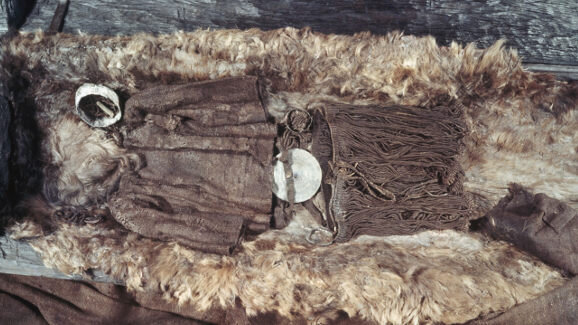








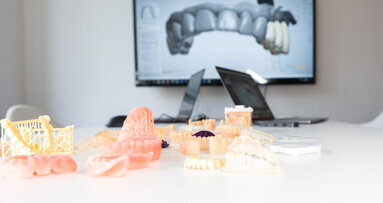

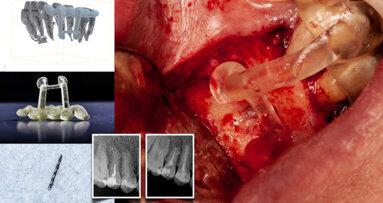
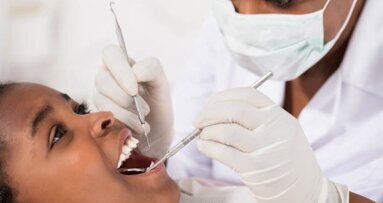
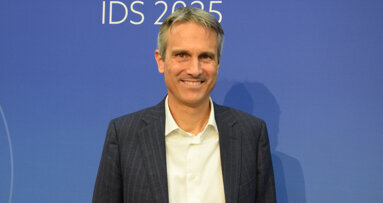
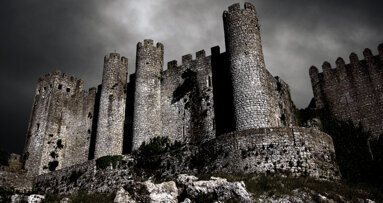










To post a reply please login or register